Commercial and industrial kitchens are under constant pressure to maintain a pest free environment, it is critical to have a preventative pest management program in place.
Abell’s Pest Control CleanSafe kitchen program is part of Abell’s staff training services. Developed by our Quality assurance department in conjunction with our Pest Control Technicians, who have a clear understanding of our customers’ needs, as well as a multi-disciplinary group of professionals from the food safety and culinary arts educational industries.
CleanSafe is a program designed to train both management and front-line staff, on identifying those key areas in your facility where sanitation issues can propitiate pest activity. Following this program will help reduce the chances of having pest issues significantly.
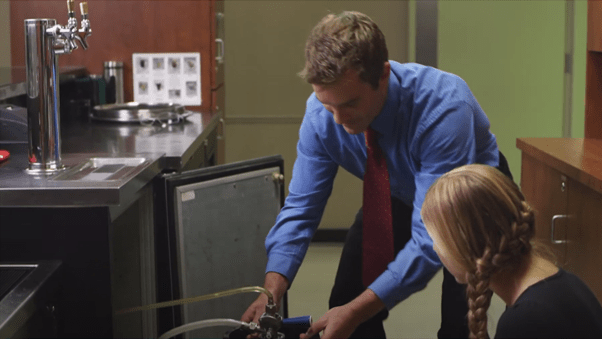 BEER LINES MAINTENANCE PROCEDURE
BEER LINES MAINTENANCE PROCEDURE
Beer lines and taps are prone to develop fly infestations. If they are not cleaned properly, the odor will remain on the lines, taps and overflow tray. Cleaning them every night will help reduce this odor and in time eliminate breeding grounds for flies.
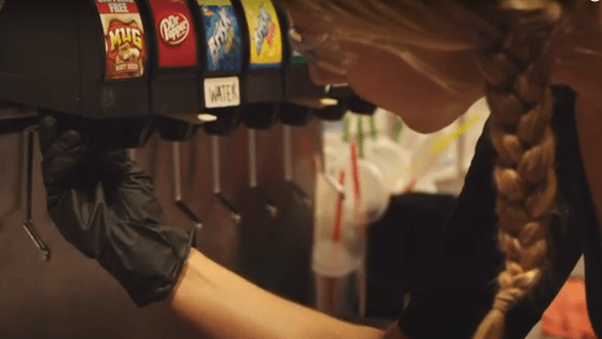 POP FOUNTAIN MAINTENANCE PROCEDURE
POP FOUNTAIN MAINTENANCE PROCEDURE
Pop lines and taps also attract flies, because of the sugars that are present in the lines, on the nozzles and pop that has been spilled in the overflow tray. This makes a perfect breeding zone for fruit flies therefore, cleaning them daily is highly recommended.
 DUMPSTERS MAINTENANCE PROCEDURE
DUMPSTERS MAINTENANCE PROCEDURE
Garbage rooms and dumpsters could be a food source for rodents, flies and birds. Proper cleaning of these areas will help reduce the population of these pests around your premises, as well as minimize the chances of mice or rats trying to find a way into your building.
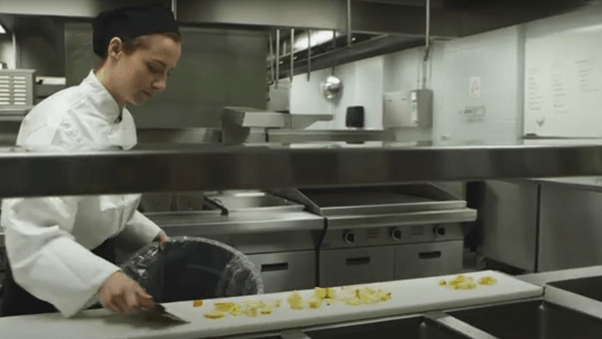 COUNTERS AND PREP AREAS MAINTENANCE PROCEDURE
COUNTERS AND PREP AREAS MAINTENANCE PROCEDURE
Food prep areas, counter tops, and serving counters are high traffic areas, is strongly recommended to clean them after each use. By doing this, the risk of contamination from bacteria and viruses will be significantly reduced.
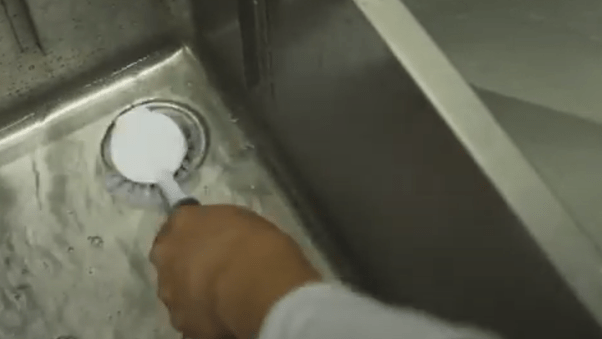 KITCHEN DRAINS MAINTENANCE PROCEDURE
KITCHEN DRAINS MAINTENANCE PROCEDURE
Food preparation and pre-washing of dishes will build up debris in the sink drains. Because flies are attracted to the organic slime and waste build-up, it becomes another target zone for developing infestations.
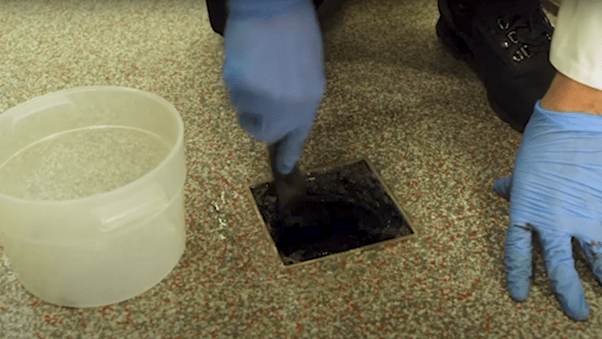 FLOOR DRAINS MAINTENANCE PROCEDURE
FLOOR DRAINS MAINTENANCE PROCEDURE
Often dirt, grime and food get stuck in floor drains causing a build-up of organic material. Flies and cockroaches will find these areas suitable for breeding, due to the moisture, darkness and food availability.
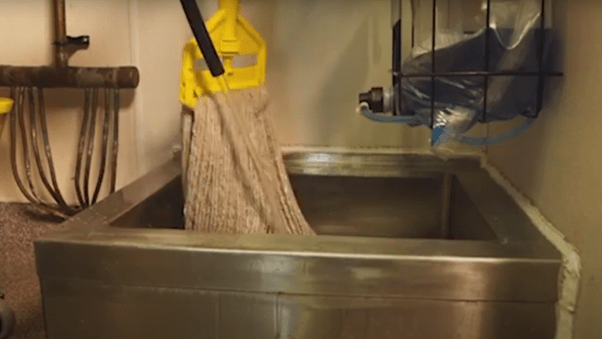 MOP SINK AREAS MAINTENANCE PROCEDURE
MOP SINK AREAS MAINTENANCE PROCEDURE
One of the areas that are commonly forgotten but pose potential risks of infestations of flies, cockroaches and rodents are the mop sink areas. The stagnant water is the perfect place for files to breed. Cockroaches are also attracted to the moisture and dark lighting. Having any structural issues in this area will allow rodents to harbor.
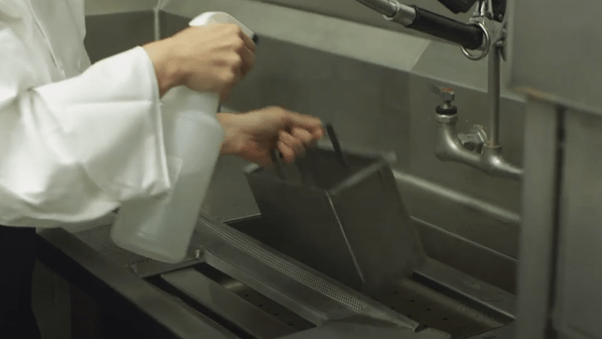 DISHWASHER AREA MAINTENANCE PROCEDURE
DISHWASHER AREA MAINTENANCE PROCEDURE
Dishwasher areas are a little harder to maintain as it is used throughout the day. Food debris and water sources contribute to the breeding of pests such as flies and cockroaches. Cleaning the dishwasher and preventing any water leakage will prevent these pests from making their home of your kitchen.